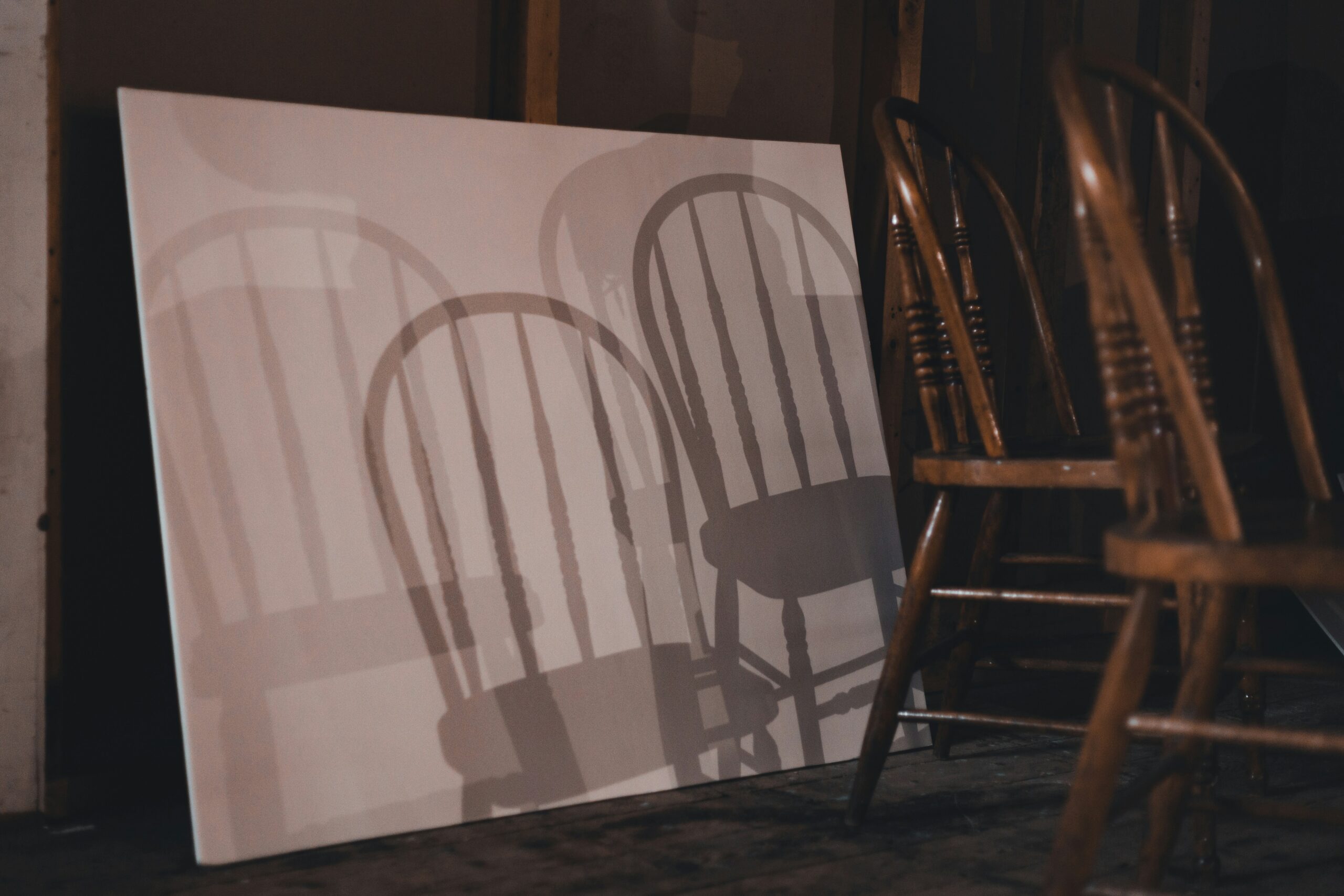In a world of endless scrolling, fast food, and micro-content, our attention spans have become fragmented. We glance, we skim, we move on. But art—real art—resists that rhythm. It asks something radical of us: to stop, to stay, and to look.
This is the essence of slow art—a movement, a mindset, and ultimately, a practice of being fully present with a single artwork.
Why Fast Doesn’t Work with Art
Imagine standing in front of a painting at a gallery. Most people spend less than 30 seconds with any single artwork, often just enough time to read the label. But a painting isn’t a headline or a meme—it’s a world.
When we rush, we miss the invisible: the emotion behind the brushstroke, the intention behind the color palette, the tension in the composition. Like a book that only makes sense when you finish the last page, art often reveals itself over time.
The First Few Minutes: Resistance and Stillness
Slowing down isn’t easy. At first, we might feel awkward or bored. Our eyes flicker. Our brains demand novelty. But this is part of the process.
Somewhere between minute two and five, we begin to settle. We stop searching for meaning and start feeling. We begin to enter the artwork—not just with our eyes, but with our mind and body. That’s when transformation begins.
A Deeper Experience: Art as a Mirror
Art doesn’t just reflect the world—it reflects us. The longer we sit with a painting, the more we start to project our own inner life onto it. A quiet seascape may trigger a childhood memory. An abstract form may echo our current emotions. A distorted face may reveal something about the masks we wear.
This process of internal reflection is not passive. It’s active engagement. Art becomes a mirror, and in that mirror, we meet ourselves.
From Looking to Observing: Techniques for Slow Art
Practicing slow art isn’t complicated, but it does require intention. Here are a few techniques to help:
Choose one artwork. Commit to spending 5–10 minutes with it.
Observe the obvious. Note the colors, forms, and subject matter.
Look closer. Examine texture, detail, brushstrokes.
Let your mind wander. What memories, thoughts, or emotions arise?
Ask questions. What was the artist trying to express? What is this piece saying to me?
Resist the urge to Google. Let your own experience be primary.
You don’t need art history training for this. You need curiosity—and time.
The Museum as a Meditative Space
More museums today are embracing the slow art philosophy. Events like Slow Art Day encourage visitors to focus on just a few pieces rather than rush through dozens. The result? Deeper emotional connections, more meaningful insights, and less sensory fatigue.
Even at home, you can create your own slow art practice:
Hang a single artwork in your space.
Visit it often, even for a few minutes.
Journal about what changes you notice over time.
Art doesn’t change—but you do. And that shift is part of the experience.
Science Supports Slow Looking
Research has shown that spending time with art can reduce stress, improve focus, and even increase empathy. A 2017 study from the University of Westminster found that viewing art for just 35 minutes in a museum significantly lowered cortisol levels.
But it’s not just about health. Slow art fosters emotional intelligence. It teaches patience. It reminds us that some things in life aren’t meant to be rushed—or understood immediately.
The Digital Dilemma: Art in the Age of Scrolling
The internet has made art more accessible, but also more disposable. We swipe past masterpieces without even noticing. This raises an important question: Can we practice slow art online?
Yes—but with discipline. Choose one artwork on a digital platform. Zoom in. Turn off notifications. Spend uninterrupted time with it. Print it out if you can. Or better yet, visit the real thing.
Even in a digital age, slowness is still a choice.
Learning to Dwell: What Art Teaches Us About Time
At its heart, slow art is a spiritual practice. It teaches us to dwell—not just in front of a painting, but in moments. In uncertainty. In emotion. In stillness.
When you give time to art, you’re not just learning about the painting. You’re learning how to be human.
To observe.
To reflect.
To feel.
To stay.




